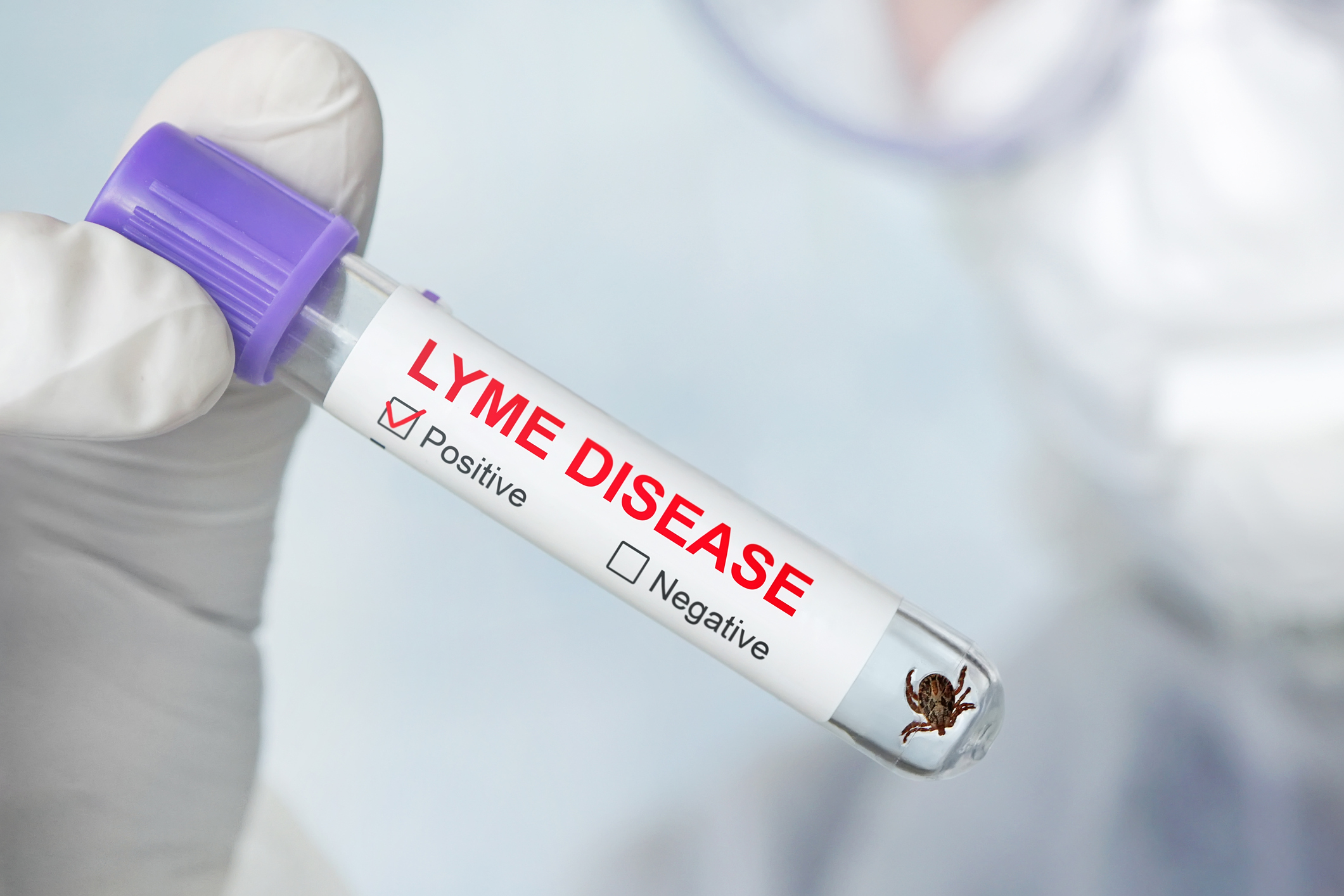The days are finally longer and warmer and after a sometimes grueling winter, most people are enjoying spending more time outdoors gardening, grilling, hiking, biking, or boating. But in addition to packing the sunscreen, it’s important to dress for the occasion, especially if you are in regions prone to heavy tick populations. Changing weather has resulted in a rise in the number of ticks and as a result, a greater risk for Lyme Disease transmitted primarily by black-legged or deer ticks.
Ticks, especially as tiny nymphs, are difficult to see and often attach themselves in areas of the body that are harder to check like the scalp, armpits, or groin. Most humans are infected with Lyme disease by immature ticks that feed during the spring and summer months. According to the Centers for Disease Control and Prevention, these ticks are about the size of a poppy seed while adults ticks that are more active in the cooler months of the year are closer to the size of a sesame seed.
Ticks live in grassy, wooded, or brushy areas, and spending time outdoors camping, gardening or hiking can put people in contact with ticks. To help prevent ticks from attaching themselves to your body, treat clothing and gear with permethrin and use an insect repellent that contains DEET, picaridin, IR3535, Oil of Lemon Eucalyptus, para-menthane-diol, or 2-undercanone. After spending time in areas that may have ticks, toss clothing in a hot dryer for 10 minutes and shower soon after returning home, checking for ticks.
Keeping yards clear of tall grasses and brush and mowing the grass frequently while removing any leaf or other debris where ticks could hide helps make home landscaping less attractive to rodents and the ticks that feed on them. Creating a 3-foot border of wood chips or gravel near any wooded areas will help prevent ticks from moving into lawn, patios, or garden areas.
In addition to treating pets for ticks to keep them healthy, it’s also important to check them thoroughly for ticks after spending time outdoors. They can carry ticks inside where not only could they make the animal ill, but also could put owners at risk.
Lyme disease can cause a number of symptoms – the early signs can include fever, chills, headache, fatigue, muscle and joint aches, and swollen lymph nodes. In many cases, a target-shaped rash may occur at the site of the bite that feels warm to the touch. If you have signs of Lyme disease and have been exposed to ticks, visit your doctor to schedule testing. Antibiotic treatment can help prevent late Lyme disease.
Stay safe and enjoy the sun while it shines!






Add Your Voice
0 Comments
Join the Discussion